When you go to a car show and look at a beautiful prewar car, a lot of the craftsmanship that went into building that vehicle is hidden. Wood was the medium of choice under the bodywork in a world where complex dies and plastics were not yet invented. If you fancy a project that requires a high degree of skill on your end, then have a look at this 1929 Buick coupe for sale on craigslist in sunny San Diego, California. At a very reasonable $6,000 or best offer, is this the kind of Depression era woodworking project you have the skills to complete? Thanks to our pal T. J. for the tip!
Roll the clock back to the turn of the century. North America still had millions of acres of old growth forests that was rapidly becoming lumber. Some of that lumber became homes, some became furniture, and some went to automobile factories. A few of the first automobiles actually had wood frames. However, the main use for wood was for framing up body stampings for the passenger compartment and to form floors.
Ford, of course, used a lot of wood in the construction of their cars. The company used so much wood that the sheer volume of the scraps offended Henry Ford’s frugal side. With a little help, Ford ended up using those scraps to make charcoal. Ever heard of Kingsford charcoal? Bags of charcoal and portable grills were then unceremoniously dumped on Ford dealers to sell whether they wanted it or not. Some of Ford’s corporate sales tactics back in the day would definitely be the dreams of lawyers today.
The Buick we see in these photographs gives us a good view of just how much wood was in these early cars. One of the design features that stood out when the Chrysler Airflow debuted in 1934 was the all-steel body construction. This Buick is pretty far from that. From what we can see, the whole cabin was built around a wooden substructure, and a wooden floor stretched from the cowl to the end of the trunk.
All of this was well hidden by the steel on the outside and upholstery inside. You also should take into account that the body of a car was not considered a necessary component for structural rigidity. Bodies sat on frames that became heavier and heavier in their construction as time went on. These stiff frames also helped to cut down on the noise generated by wood-to-wood contact. Wood was also fairly strong for its weight when it came to accidents but was far and away inferior to the steel structures that replaced it.
A look inside this Buick reveals the large amount of wood that would need to be replaced if you were to go forward with a full restoration. There is an amazingly large amount of original wood left to use as patterns. Some pieces would be easy to replace, while others would require the talents of a skilled woodworker. Wood kits are still available for common cars like the Model A Ford. My guess is that these wood kits are machined to fit a standard pattern and tolerances are close enough for the home restorer to install. For rare cars, this is a luxury that restorers do not have. This Buick would be best served by taking it to a craftsman that specializes in replacing wood in antique cars.
Finding such a craftsman, however, could be a problem. This is quickly becoming a dying specialty trade and nobody seems to be willing to pick up the torch. Take for example woodies. Wood bodied wagons used to sell for high amounts, but many of the woodies featured on these pages don’t seem to bring much anymore.
So where does that leave us with this Buick? Another possibility may be replacing the wood in the body with steel. I have seen hot rod builds where the wood was replaced with steel tubing welded together in critical areas to provide the necessary structural rigidity and as a mounting point for interior panels. If it is going to be covered anyway, why not use something that will last longer. When you are facing a full restoration, as in the case of this silver anniversary Buick, then why not make some hidden improvements. I’d bet the technology is there to laser map the interior and 3-D print the sections you need in plastic. Modern problems require modern solutions, or so I have been told.
Have you ever had to deal with replacing wood in an antique car? What would you do about the wood problem in this Buick? Please let us know in the comments.




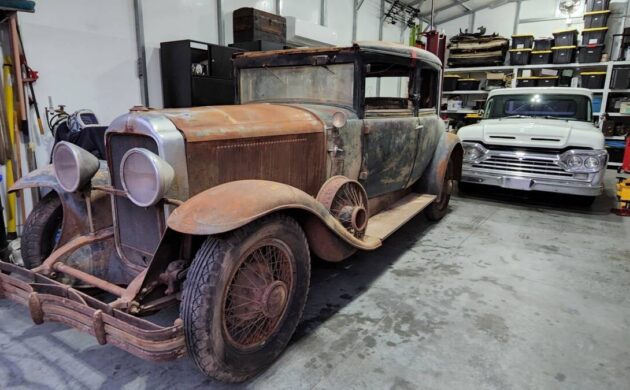

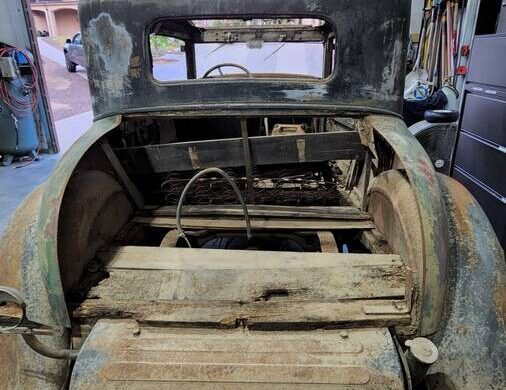
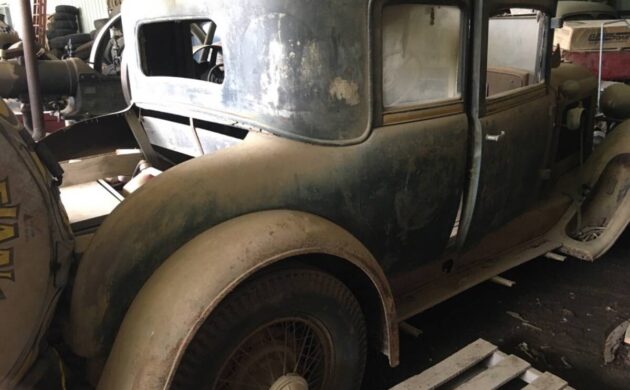

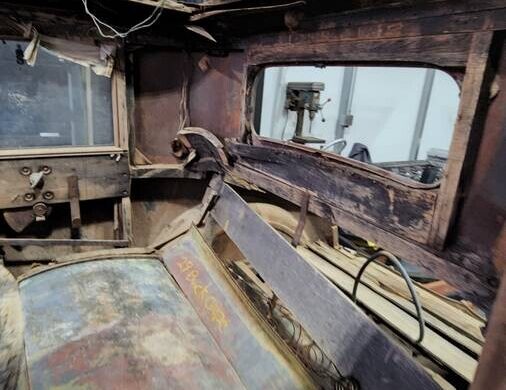
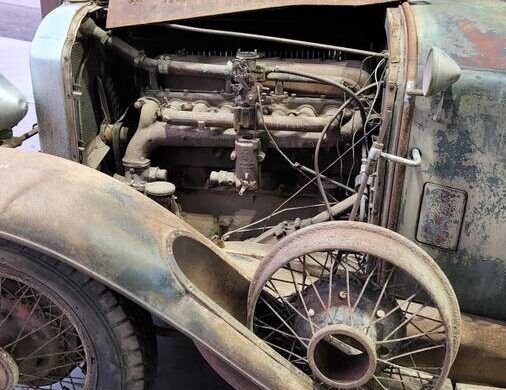



I believe it is known as Coach Building. This is an art that I learned 50 some years ago building the T series MG. I like to start with an oak beam from an old barn and build the entire wood frame from that. Morgan still uses wood to this day. Wood or would love to do this Buick. Nice project.
Is that red oak or white oak?
Did the wood on a ’52 Mercedes convertible for a customer. Not one piece of wood in that car had a flat place on it. All compound curves, rounded edges, etc. Checked the wood on our ’53 MGTD before we bought it just so I didn’t have to go through what I had to do on the Mercedes. You can easily substitute steel for the wood in the areas covered by panels but that’s pretty time consuming in itself. I like the idea of the 3D approach. Could be a player. Got a friend who makes gears out of the 3D plastic so it should be plenty strong.
Wonder what it would take to get the wood parts made from metal or if this 3D printed plastic stuff has the strength to hold up. For me I don’t have the wood working skills to do it
Old pallets often contain white oak aka swamp oak
Send it to the IYRS in Newport, RI: best school for boatbuilders!
Looks like a cutting torch would work better then a carpenter( pop cans)
With the help of’ my master craftsman father, I restored a 1929 Pontiac over a period of 19 years. The body rebuild was done while I was in high school 1960-’63. When it looked like a car again in the summer of ’63, I thought I should be president of the world. It sits today with almost perfect 48-year-old lacquer I applied on it in ’74. Never did get around to doing the upholstery. This car requires about the same treatment, a complete body tear down, a reconstruction of the wood frame and finally application of the restored sheet metal. Also, paint it with the doors on and save yourself a lot of grief.
If you go to the craigslist add he has a monster straight 8 – 5 carb engine for sale also – it would look great in this car.
Who ever tackles this one will do it out of a labor of love for old cars, rather than for a quick flip.
Wood n’t it be wonderful to rebuild, but today where is the resale.
You are right George, people today just do not appreciate anything. I came across some one the other day, they owned nothing in their apartment, everything was rented.
That engine at the end is gorgeous. No information and for the price it should be turnkey but that carb setback is beautiful.
Unfortunately, the car is just not worth restoring in today’s world.
I like the ’60 F100 in the background of the first pic. It’s for sale too…..
https://sandiego.craigslist.org/esd/cto/d/la-mesa-1960-ford-f100/7546877893.html